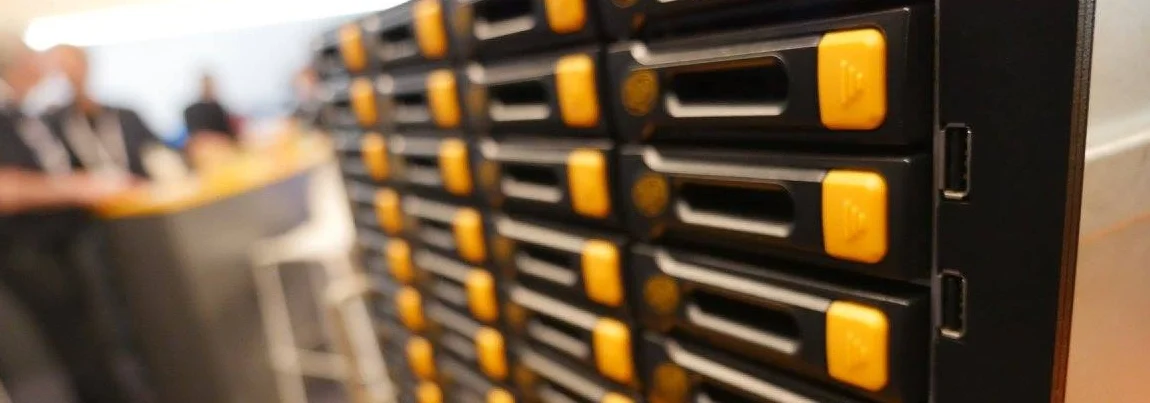Multiple Connections per Session
With the DDP MCS (Multiple Connections per Session) feature, you can combine several 1GbE, 10GbE, or 40GbE connections for increased performance on client machines. By simply using two 1Gb/s links from a client machine to a DDP, you can double the usable bandwidth.
This means you can playback 10Bit HD Uncompressed video 160-180MB/s with no drop frames without the need for costly high-speed network adapters. For higher bandwidth workflows, such as 4K Open EXR sequences, two 10GbE links between the client and the DDP can deliver over 1600MB/s.
MCS is not limited to only two connections - you can use even more cables to further increase performance. Moreover, it is completely switch transparent; this means that as long as DDP can communicate with the client machine, you can work with it.
Other Ethernet linking methods often deployed by NAS solutions require switches be compatible with their supported protocols. Furthermore, such protocols do not increase the bandwidth to client machines consistently for the demands of video. Some of them are only capable of failover and slight read speed increases with no increase for writes. MCS is a superior yet cost-effective method of increasing client performance in shared network environments.
Bandwidth control
The DDP is designed to sustain sufficient bandwidth to allow playback without dropped frames and recording without unexpected interruptions. Typical IO processes such as copying or rendering may also be active at the same time. DDP also offers bandwidth control at the iSCSI block IO level, to further fine-tune performance across various connected clients.
In contrast to the continuous stream of data that is required for playback or recording, processes such as copying or rendering are highly irregular, where bandwidth spikes are only limited by the port’s wire speed. In some cases, such spikes in data can cause interruptions for other real-time clients.
For example, a fast render machine may be silent for a second and then give a short second-long burst of data. There is a risk that this could potentially overload a shared GbE port. The differences between how these processes operate can be easily observed by looking at the DDP Monitor. In order to control interference in sustained bandwidth due to these IO processes, one of the most useful tools is bandwidth limiting.
Bandwidth Control settings can be altered by the user so that the bandwidth limits are subject to negotiation between the target and the source. This way, upload and download bandwidth can be adjusted without any loss of TCP/IP frames. Both read and write bandwidth can be set independently on each desktop; giving you, the user, the reassurance of having complete control.



